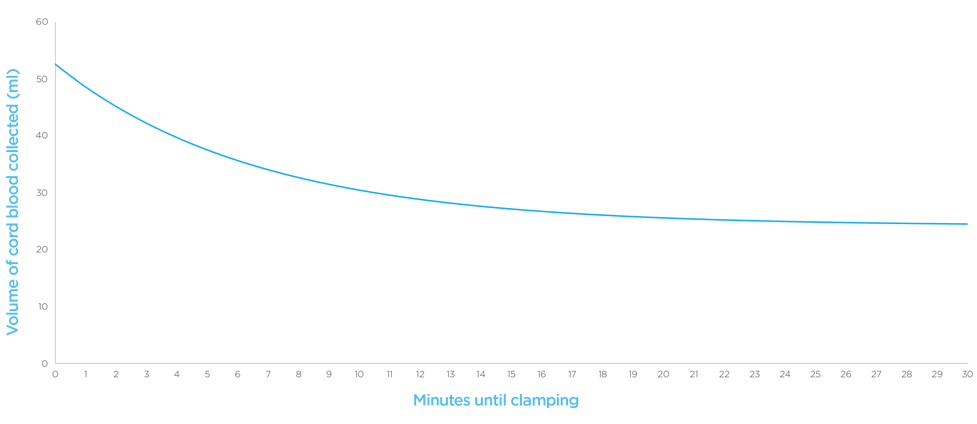Delayed Cord Clamping & Your Baby’s Cord Blood
Ensuring the best of both worlds
Thinking about delayed cord clamping? You’re not alone.
It’s a practice with significant benefits for your baby, and leading medical organizations in the U.S. agree.
Delayed Cord Clamping (DCC), which involves waiting to clamp the umbilical cord for at least 30-60 seconds after birth, is recommended by the American College of Obstetricians and Gynecologists (ACOG) and the American Academy of Pediatrics (AAP) for most newborns.

With CellsPlus™, you don’t need to compromise between a healthy today and a healthy tomorrow.
Why is Delayed Cord Clamping Recommended?
This simple pause allows more blood to transfer from the placenta to your baby, offering valuable health advantages:
- Increased iron stores: Helping prevent iron deficiency in the first few months of life.
- Improved circulation: Supporting your baby’s transition after birth.
- Enhanced red blood cell volume.
- For premature babies, DCC can also mean a lower risk of certain complications and a reduced need for blood transfusions.
ACOG advises that the practice of umbilical cord clamping should not be altered solely for the purpose of collecting cord blood. Your baby’s immediate health benefits come first.
Can I Still Bank Cord Blood if I Choose Delayed Cord Clamping?
Yes, absolutely! Many parents who choose DCC also want to preserve their baby’s valuable cord blood stem cells. While DCC is beneficial, it can sometimes mean a smaller volume of cord blood is available for collection. In our experience, some forms of extended delay, like waiting until the cord completely stops pulsating, may yield lower volumes (sometimes 10-20 mL), while many standard processing methods prefer larger amounts (often 40mL or more).
This is where Cells4Life and our innovative CellsPlus™ technology make a crucial difference.
The CellsPlus™ Advantage with Delayed Cord Clamping
We believe you shouldn’t have to compromise between the benefits of DCC and the future potential of cord blood banking. Our exclusive CellsPlus™ service, powered by TotiCyte™ technology, is designed to maximize the potential of every cord blood sample, even if the volume is smaller due to delayed clamping.
- More Stem Cells at Treatment: Based on our peer reviewed, published research, TotiCyte™ technology has been shown to deliver 2 to 3 times more viable stem cells at the point of treatment compared to other leading processing systems tested in the study. This is achieved through significantly improved recovery of viable CD34+ stem cells (the key therapeutic cells) after thawing. This means that even smaller volumes collected after DCC could contain as many stem cells as larger samples collected after immediate clamping and processed by non-CellsPlus™ methods.
- Peace of Mind: With CellsPlus™, you can embrace delayed cord clamping for your baby’s immediate health, confident that you are also giving your child the best opportunity for a successful stem cell collection.
What About Cord Tissue?
Collecting umbilical cord tissue is fully compatible with any cord clamping choice, including delayed cord clamping. The collection of a segment of the umbilical cord itself is unaffected by when the cord is clamped. Cord tissue contains different types of powerful stem cells that scientists are exploring for a wide range of regenerative therapies.
Make an Informed Choice
Delayed cord clamping offers clear benefits for your baby. With Cells4Life’s advanced CellsPlus™ processing, you can confidently choose DCC and still secure a high-quality cord blood sample rich in viable stem cells for your family’s future.


